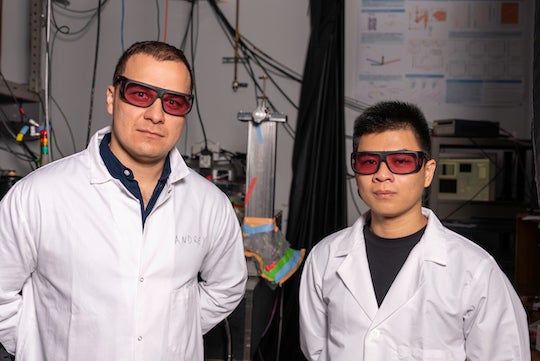Could the Next Generation of Microelectronics Be Made From Coal?
Thank you. Listen to this article using the player above.
Despite supplying just over a third of global electricity generation, coal’s status as the most carbon-intensive fossil fuel is driving many countries to reevaluate the role that it plays in energy production and national economies.
In a new paper, published in Communications Engineering, researchers suggest that coal could continue to be used to power our modern devices – just in a more creative way. Rather than being used as a fossil fuel to produce electricity, coal can be transformed via a new processing technique into extremely high-purity materials that can be used to build electronic components.
The researchers say that their new research is an effective proof-of-principle and could have significant implications for the semiconductor industry.
The next frontier: 2D electronics
Against a backdrop of demand for increasingly faster, smaller, more powerful electronics, the natural conclusion of such a push is the development of electronic parts from ultra-small materials – possibly just one or two atoms thick. This concept of “two-dimensional electronics” is the limit for electronics miniaturization and promises incredibly small devices that consume tiny amounts of energy but


